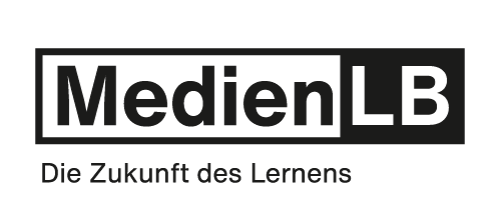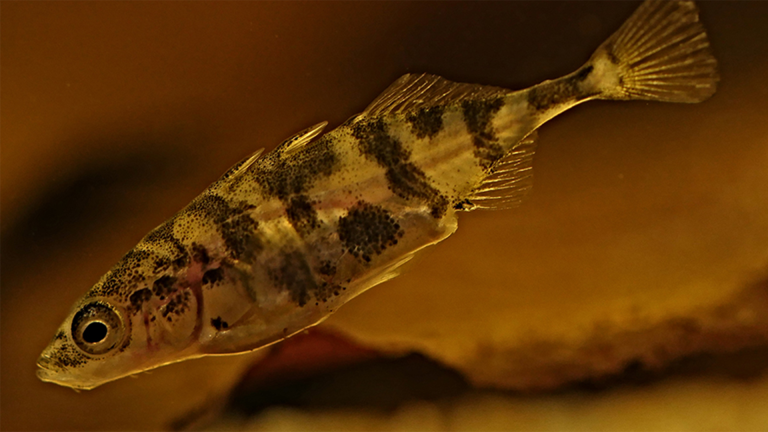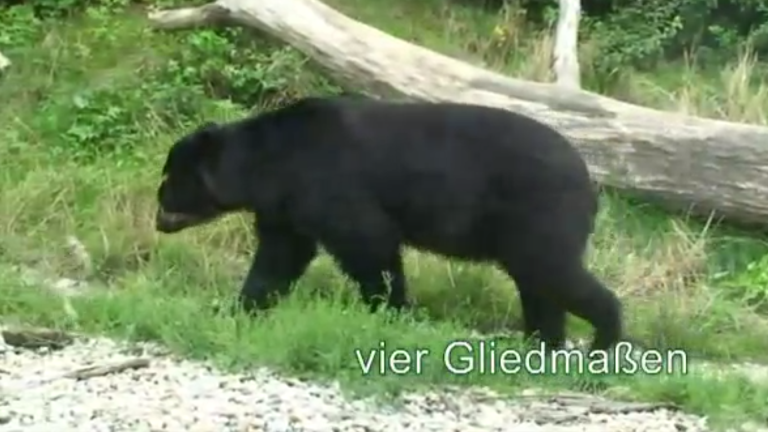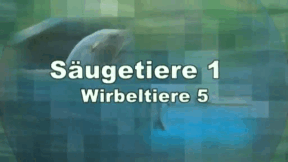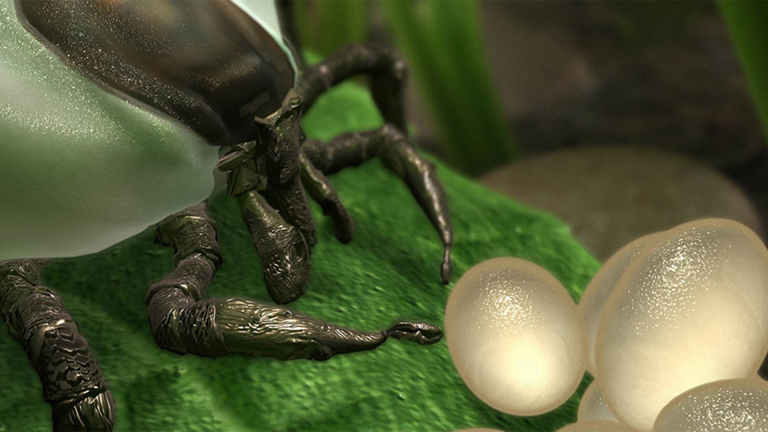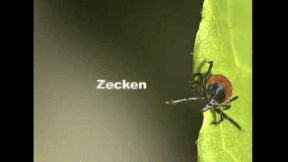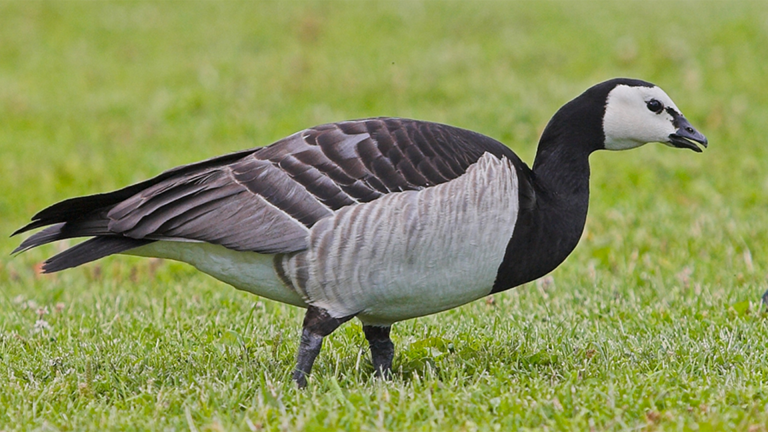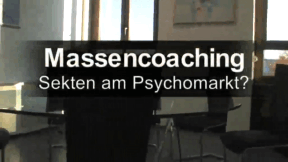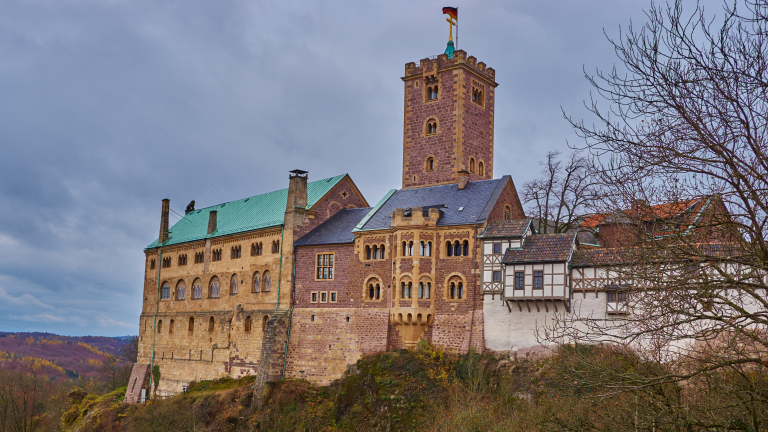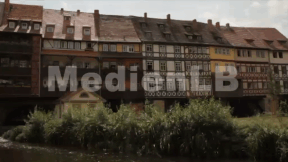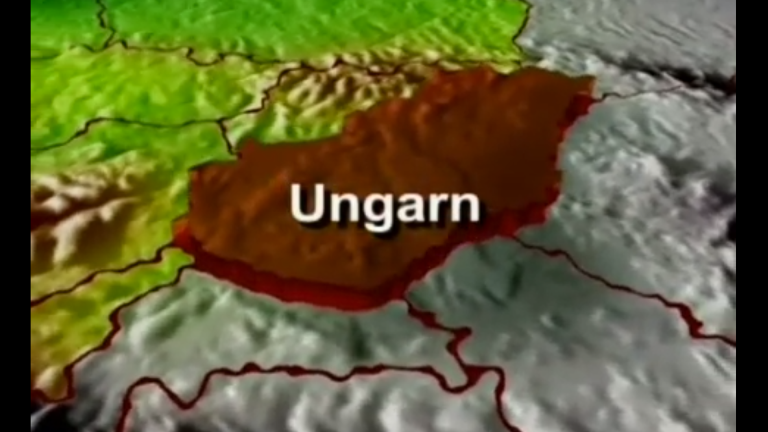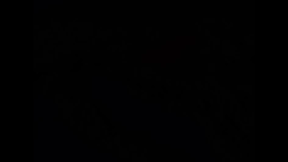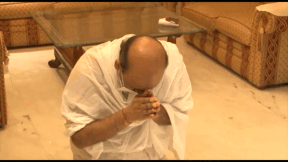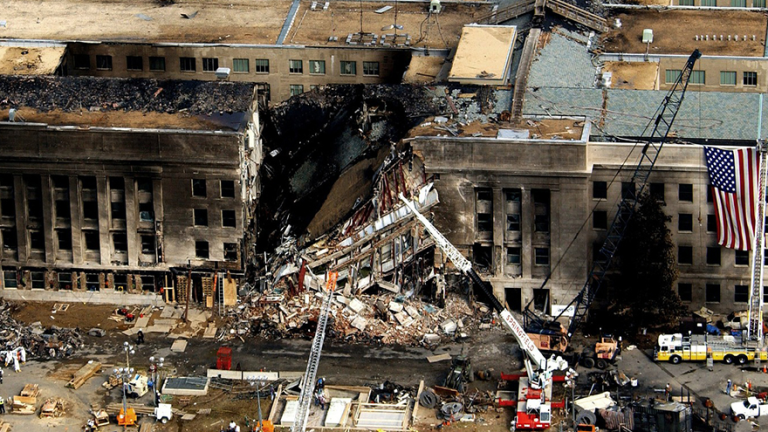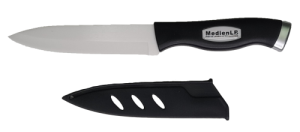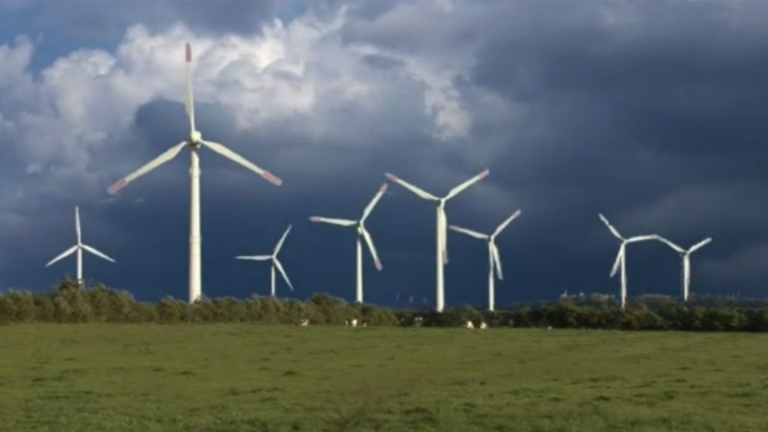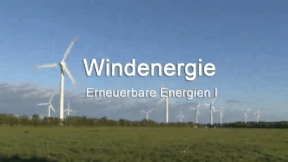Suche:
- # Artistry
- # Biology
- # Chemistry
- # Ecological
- # Economy
- # English
- # Foreign Language
- # Geography
- # German
- # Health
- # History
- # Informatik
- # Latin
- # Mathematics
- # Media Education
- # Music
- # Physics
- # Politics / Civics
- # Preschool
- # Primary School
- # Religion
- # Society
- # Sports
- # Technology
- # Training of Teachers
- # Vocational Education
Sticklebacks
More than fifty fish species live in our lakes and rivers. The sticklebacks count among the smallest native freshwater fish.
Learn moreMammals I
When we talk about animals in everyday conversation, we mostly talk about mammals. Mammals live in water, on land and in the air. Countless species of the most diverse sizes and appearances populate our earth. A clear classification is not always possible because of their adaptation to their different habitats.
Learn moreTicks
Already the dinosaurs, which populated the Earth some 90 million years ago, were familiar with the tiny, dangerous pests, and the Greek poet Homer attributed healing and potency-enhancing effects to them in the late 8th century BC – however, only in pulverised form. The animals described are those clingy, blood-sucking mini-vampires – the ticks. In fact, they are parasites dangerous to us humans; not because of the amount of blood they extract but due to the diseases they can transmit in doing so. This film invites you to visit the family of the small parasites of the phylum Athropoda belonging to the class of Arachnida.
Learn moreMigratory Birds
Wenn Vogelarten die Jahreszeiten an unterschiedlichen Orten verbringen, werden sie als Zugvögel bezeichnet. Mehrere Milliarden von ihnen sind jährlich unterwegs. Alljährlich machen sie sich von ihren Brutplätzen auf den Weg in ihr Winterquartier und zurück. Dabei fliegen manche Arten Tausende Kilometer. Sie überqueren Gebirge, Ozeane und Kontinente. Es ist eine Reise voller Hindernisse und Gefahren. Wie finden Zugvögel punktgenau ihr Ziel? Sie haben mehrere Möglichkeiten: Mit ihrem inneren Kompass können sie das Erdmagnetfeld wahrnehmen. Wie sie das genau machen, weiß man noch nicht. Sie können sich aber auch am Stand der Sonne, der Sterne und anhand der Landschaften orientieren. Den Sonnenstand erkennen sie selbst bei bedecktem Himmel, da sie UV-Licht wahrnehmen. Durch Meeresbrandung entstehen tiefe, für uns unhörbare sogenannte Infraschalltöne. Auch danach können sich einige Vogelarten orientieren. Gemeinsam mit dem umfangreichen Unterrichts- und Begleitmaterial auf dem Datenteil der DVD ist der mehrsprachige Unterrichtsfilm bestens für den Einsatz im Unterricht geeignet.
Learn moreMass Coaching
It has long been generally recognised that the modern working world often pushes people to the limits of their stress resistance. In many professional fields and enterprises all work and efforts are dominated by the maxim: “success“. Cheerful, motivated, vigorous and full of youthful energy employees are to engage themselves in their companies or present themselves in job applications. But what happens when the success in life, the motivation and the joy of work fail to materialise fort the most various reasons?
Learn moreThuringia
"My name is Bodo Ramelow. I am Prime Minister of the Free State of Thuringia. It is a beautiful country. Its abundance of nature and environmental beauty, its wealth of art and culture, wonderful cities and history are truly exciting. We have so much to offer and I’m always glad about Thuringia’s wide diversity."
Learn moreHungary
This DVD offers a clearly structured overview covering the following aspects: Situation in Europe, size and population, landscapes (Little and Great Hungarian Plains, Puszta), watercourses (Rába, Danube, Lake Neusiedl, Lake Balaton), mountains (Bakony Forest, Mecsek, Matra, Bükk), the climate, history (overview up to today’s system of government, national rebellion of 1956, change of system in 1987), traffic, transportation and infrastructure, economic structure, agriculture (winegrowing, fishing, cattle-breeding), industry, mining and energy supply, Audi Hungaria factory, tourism, major cities and sights (Feste- tics Palace, Sümeg Castle, baroque castle of Esterház in Fer- töd, Benedictine archabbey of Pannonhalma, Szeged, Pecs, Debrecen, Eger), capital of Budapest, traditions, religion, food and drink, language, culture and music. High-quality film clips and aerial shots, animated maps, historical film scenes as well as original sound interviews give the pupils a comprehensive overview of the country and its people.
Learn moreIndia
India – in official language also called Republic of India, is a state in South Asia. Its national territory has an extension of about 3,287,263 km2, and is inhabited by 1.3 billion people. In the north the country reaches up to the Himalayas and the south is enclosed by the Indian Ocean. The southern tip of India is near the island state of Sri Lanka. To the northwest it borders Pakistan. To the north it borders China, the Chinese Autonomous Region of Tibet respectively, Nepal and Bhutan, to the east Myanmar and Bangladesh. In addition, the Adaman and Nicobar Islands in the Gulf of Bengal and the Laccadives in the Arabian Sea are part of India as well.
Learn moreInternationaler Terrorismus
„Wo warst du am 11. September 2001?“ Eine Frage, wie sie die meisten Erwachsenen von uns ohne Zögern beantworten könnten, die jedoch auf die jüngere Generation aus naheliegenden Gründen eher befremdlich wirkt. Und dennoch sind gerade sie in einer Welt groß geworden, die maßgeblich von den schrecklichen Ereignissen an jenem Tag beeinflusst worden ist. Und uns durch den Anschlag auf „Charlie Hebdo“ wieder nachdrücklich in Erinnerung gebracht wurden.
Learn moreOptics
This DVD offers a clearly structured overview of the field of optics with an emphasis on the following main topics: All three models, i.e. the ray theory, the wave theory and the quantum theory of light, are explained by means of selected phenomena. The pupils learn about the conditions, the principles and appearances regarding reflection and refraction and are encouraged to perform easy experiments themselves. Optics are introduced to the pupils with the help of examples from nature, road traffic and the environment. Simple optical instruments such as a magnifying glass, a camera, a microscope, an astronomic telescope and the eye are described. Further, the visible part of the electromagnetic spectrum, a line spectrum, a solar cell and a radiometer are explained in selected sections. The film is divided into six menu items (chapters), which may be individually accessed and worked on. For this purpose, additional pictures, texts or selected short film clips are offered, which can simply be called up by remote control.
Learn moreWind Energy
Our future lies in renewable energies. The fossil fuels coal, oil and gas will be used up within the next 50 to 300 years and are ecologically questionable just like nuclear energy, too. The sun, however, provides more energy than we need. Besides water power, sun light and bio mass, WIND ENERGY, most crucially, belongs to the renewable energies that have been used already for centuries. But what is wind? How was its energy generated, transformed and used in the past and how is this done today?
Learn moreGeneration of 1968
The protest movements of 1968 were ignited all over the world – the existing order underwent a dramatic upheaval. Students and pupils of the entire world – no matter in which country, which culture – expressed their solidarity. And what they accomplished was great! The revolutions and achievements of this movement have changed the whole world. And it remains doubtful if there will ever be another “1968“!
Learn more


